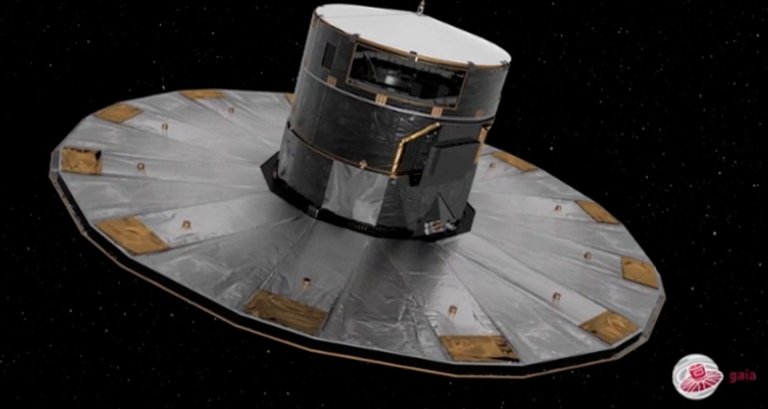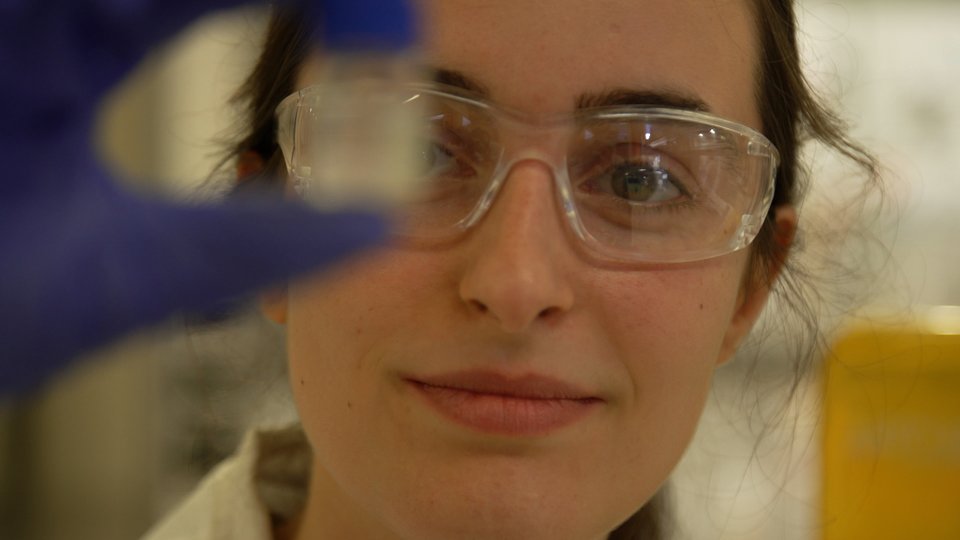Subject: Cartographer of the Milky Way
Looking up at the sky, we won’t see ESA’s jewel, at least not with the naked eye. But there it is, a huge umbrella that looks like a goldsmith, 1,500,000 kilometers from Earth, a giant eye that will make a catalog of stars and other stars of the Milky Way.

It is called Gaia and although it is equipped with two telescopes and a camera, it will not send us beautiful images; however, astronomers around the world are eagerly awaiting the information that Gaia will send. It will be used to make the most detailed map of the Milky Way that has been made so far, it will do astrography.
Gaia is an ambitious project. It was launched in December and is currently being calibrated, putting the instruments in place. To do this, among other things, the largest telescopes in the world have been staring at Gaia to know its exact location.
Lagrange 2 is stable in orbit. From there it will measure the distance to the stars: You'll benefit from the change in perspective you'll have as you move around in the Sun's orbit. On the other hand, it will observe each star an average of 70 times during the duration of the mission, thus reporting the movement of the star. Knowing the speed and direction of the stars, you can go back in the history of the Milky Way to its origins, or go forward to discover the evolution of our galaxy over the next thousands of years.
The amount of data that astronomers will have in their hands when Gaia starts working will not be a joke. Gaia will observe one billion stars, make 40 million observations per day and measure, in addition to the position of the stars, physical parameters such as temperature, clarity and chemical composition. It will send 50 Gbytes of information per day for five years. And, little by little, astronomers will have to make this information available.
Aware that it would be difficult to handle so much information, one of the tasks of ESA’s engineers has been to reject information that is worthless by Gaia herself. In this way, with the help of the computer, it limits the environment of the star by omitting the rest that would occupy the useless bits of information.
The Milky Way Astros catalog will be available to the scientific community by 2022, a set of 100TB of information, 200,000 discs if received on DVDs.
The issue has cost ESA 800 million euros. The result will be the most complete three-dimensional map of our galaxy.
Buletina
Bidali zure helbide elektronikoa eta jaso asteroko buletina zure sarrera-ontzian










